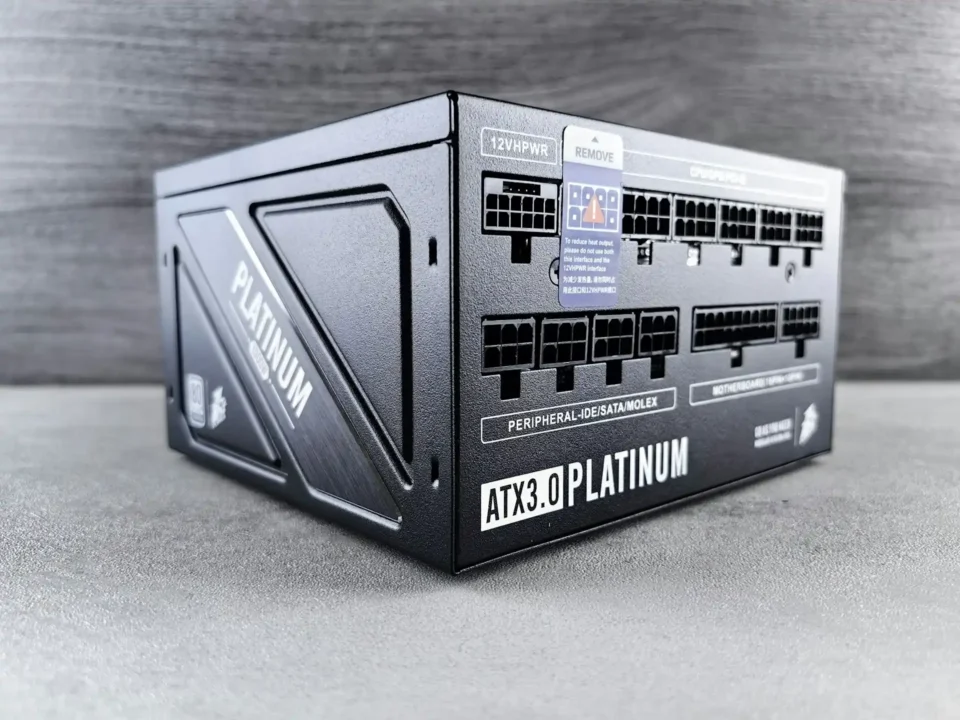From Cloud to Physical: Which Storage Method is Right for Your Data Protection?

Maximizing PC and Laptop Lifespan: Proven Strategies for Prolonging Device Longevity
September 4, 2023
Why it is important to maintain the health of your device (Part 1)
November 2, 2023In today’s data-driven world, ensuring the safety and security of our information has never been more crucial. From personal photos to business documents, every piece of data we produce or acquire needs a safe storage place. But with so many storage methods available, which one should you choose? Let’s compare two of the most common: cloud storage and physical storage.
Cloud Storage: The Digital Guardian
Advantages of Cloud Storage:
- Accessibility: One of the most significant benefits of cloud storage is the ability to access your data from anywhere with an internet connection. Whether you’re traveling or working remotely, your information is just a click away.
- Scalability: Cloud storage solutions are highly flexible. If your storage needs increase, you can easily scale up without investing in additional hardware.
- Automatic Backups: Most cloud providers offer automated backup services. This ensures that even if you forget to back up your data, your cloud provider has you covered.
- Cost-Efficient: With no need for physical infrastructure and the ability to pay only for what you use, cloud storage can be a cost-effective solution for many users.
Example: Dropbox – This popular cloud storage service provides users with an easy interface, file synchronization, and robust security features, ensuring that data is not only accessible but also safe.
Physical Storage: The Tangible Safeguard
Advantages of Physical Storage:
- Full Control: With physical storage, you have complete control over your data. There’s no reliance on third-party providers, which can be crucial for highly sensitive information.
- No Internet Dependency: Physical storage doesn’t require an internet connection for access. This is especially useful in places with unreliable internet or for those who prefer offline access.
- One-Time Investment: Unlike cloud storage, where you might have to pay a recurring fee, physical storage typically involves a one-time investment in the hardware.
- Longevity: Physical storage devices like Blu-ray discs can have a lifespan of decades if stored correctly, ensuring data longevity.
Example: External Hard Drives – Brands like Western Digital and Seagate offer external hard drives that not only provide vast amounts of storage but also come with encryption options for added security.
When weighing the price versus the effectiveness of cloud and physical storage, it’s essential to consider not just the immediate costs, but the long-term expenses and benefits each offers. Here’s a breakdown:
Cloud Storage: Price vs. Effectiveness
- Initial Cost: Many cloud storage providers offer a free tier with limited storage capacity, making it cost-effective to start. But as your storage needs grow, you’ll move into paid plans.
- Recurring Costs: Unlike physical storage where you typically have a one-time investment, cloud storage involves monthly or annual fees. Over time, these can accumulate, especially if you require substantial storage space.
- Maintenance and Upgrades: One advantage of cloud storage is that the service provider handles maintenance, upgrades, and infrastructure improvements, so there’s no additional cost to the user.
- Effectiveness:
- Accessibility: Cloud storage offers the advantage of accessing data from anywhere, making it highly effective for remote work and collaboration.
- Scalability: If your storage needs change, you can easily upgrade or downgrade your plan, which provides flexibility without the need for significant hardware investment.
- Redundancy: Many cloud providers store data in multiple locations, offering a layer of protection against data loss.
Physical Storage: Price vs. Effectiveness
- Initial Cost: The upfront cost can vary significantly, depending on the type and capacity of the storage medium (USB drives, HDDs, SSDs, NAS systems). High-capacity or high-performance drives can be expensive.
- Recurring Costs: There are minimal recurring fees associated with physical storage. However, you might face replacement costs if a device fails, becomes obsolete, or if you need more storage space.
- Maintenance and Upgrades: Maintaining the hardware, ensuring it’s in a safe environment, and occasionally replacing old devices are responsibilities that fall on the user. Over time, older devices might also become incompatible with new systems, necessitating upgrades.
- Effectiveness:
- Accessibility: Physical devices need to be, well, physically accessed. This can be limiting if you’re away from your primary location or if you need to share data with someone at a different location.
- Durability: Physical devices can fail, and factors like drops, spills, or power surges can lead to data loss. However, with proper care, devices like SSDs can have a long lifespan.
Overall Assessment
- For users with limited storage needs or those who prioritize accessibility and collaboration, cloud storage can be a cost-effective solution, especially considering the features and convenience it provides.
- For those who want a one-time investment and have significant data to store (like video editors or photographers), physical storage might be more cost-effective in the long run.
- A hybrid approach, combining both methods, can sometimes offer the best balance of price and effectiveness, allowing users to harness the strengths of both mediums.
Remember, as technology evolves and competition intensifies, storage solutions (both cloud and physical) will likely become more cost-effective, with even better features and functionalities. Regularly reviewing your data storage strategy in light of current market conditions is always a wise move.
Conclusion
Both cloud and physical storage methods come with their own sets of advantages. Cloud storage offers unparalleled accessibility and scalability, while physical storage gives users complete control and longevity. Your choice should depend on your specific needs, the sensitivity of your data, and your access requirements. For optimal data protection, a combination of both—utilizing the cloud for frequent access and physical storage for critical backups—might be the best approach.




